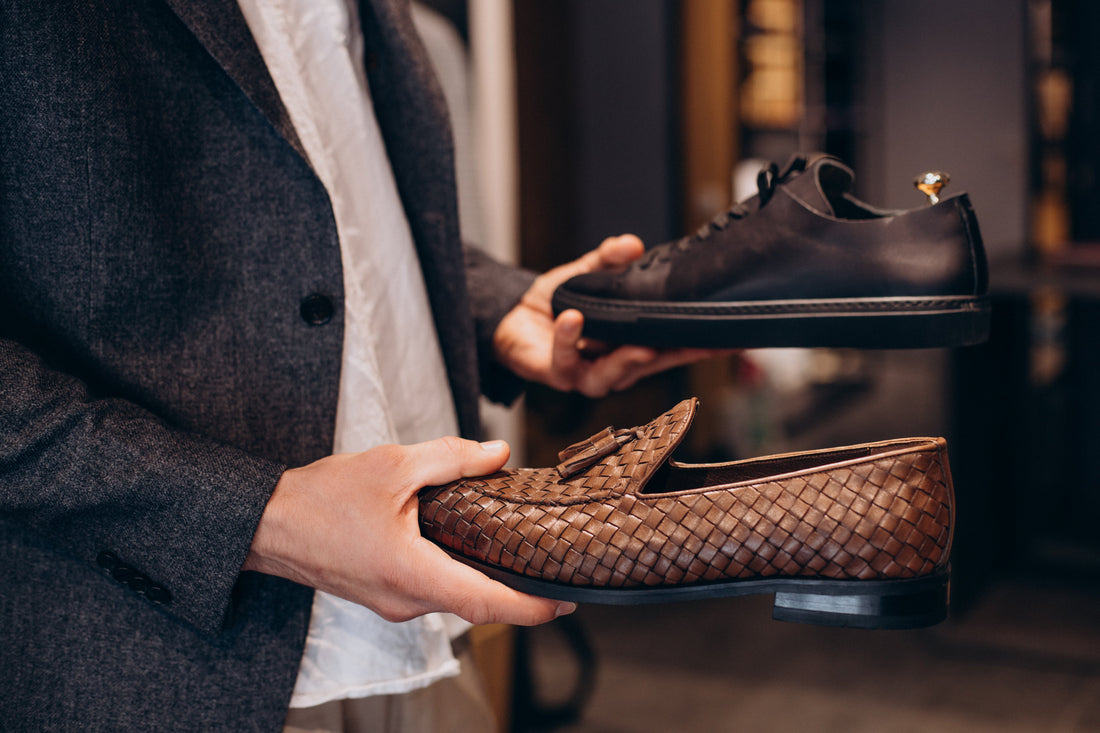
How Shoe Design Reflects Lifestyle Changes
Thomas ReedThe relationship between lifestyle and footwear design has evolved significantly over the past hundred years. As work patterns, transportation, and leisure activities changed, so did the styles and structures of the shoes people wore.
In the early 20th century, formal shoes dominated most wardrobes. Social expectations and workplace standards often required polished designs with specific shapes. However, industrial and technological developments gradually altered these habits. As cities grew and daily movement increased, people sought shoes that could transition between various activities.
The mid-century period saw the rise of athletic footwear, influenced by sports and physical education programs. By the late 20th century, casual shoes had become part of everyday wear, replacing formal designs in many settings. Footwear adapted once again to new working environments, flexible schedules, and evolving dress codes.
Modern footwear now accommodates diverse activities — from walking and travel to office wear and leisure. Each category reflects specific needs in motion, weather, and setting. The ongoing evolution of shoe design continues to mirror broader social changes, illustrating how practicality and appearance coexist in modern wardrobes.
